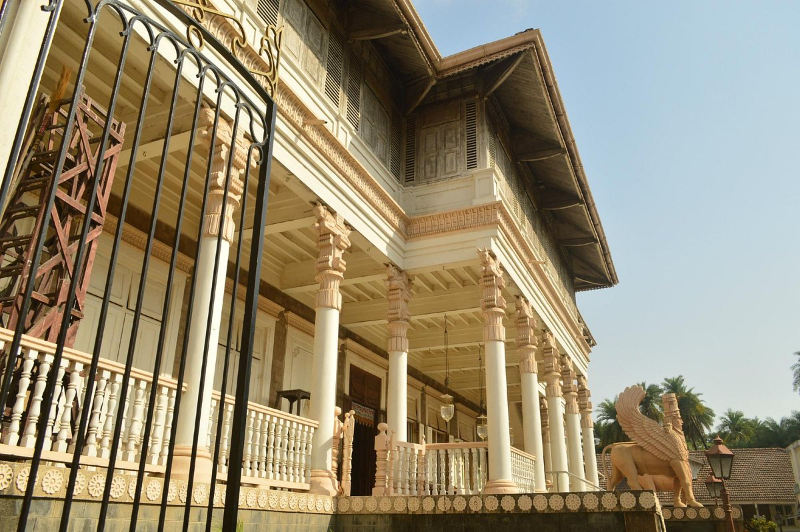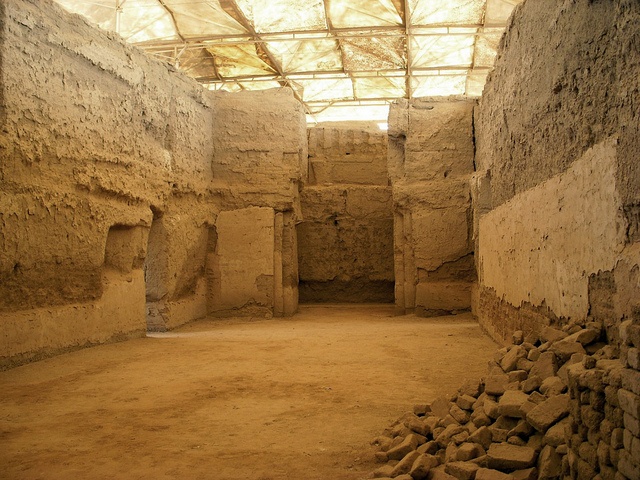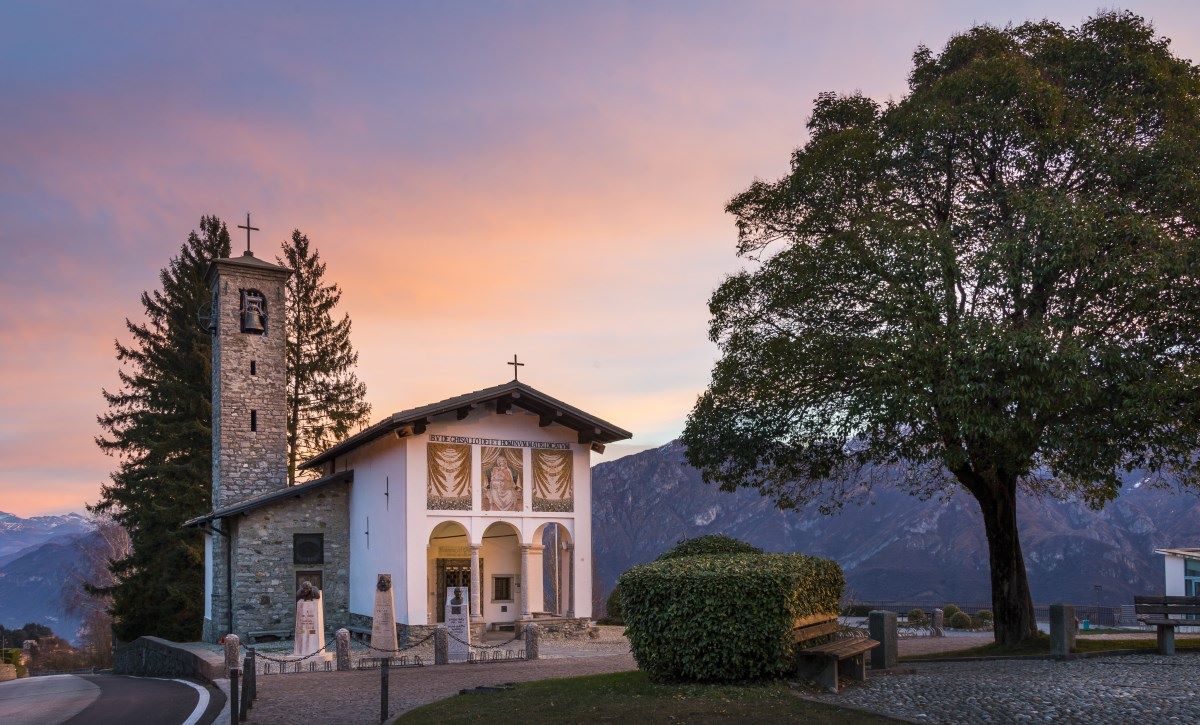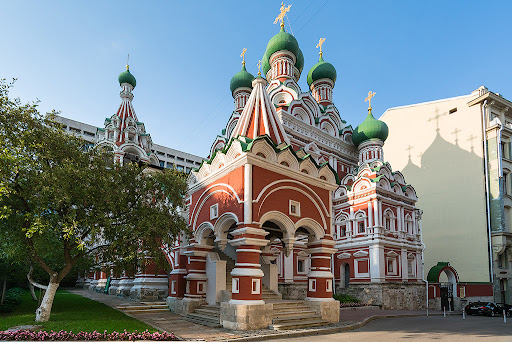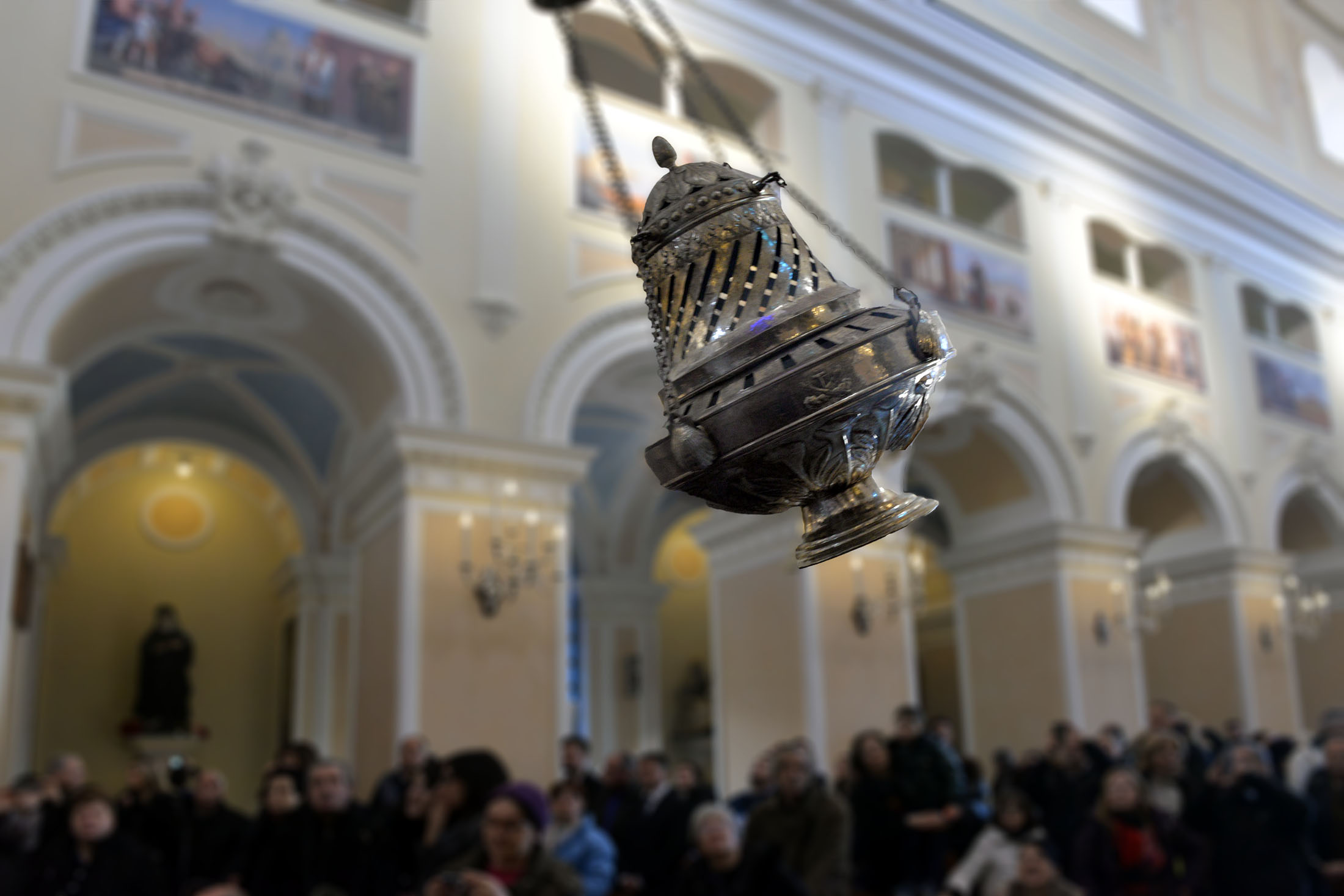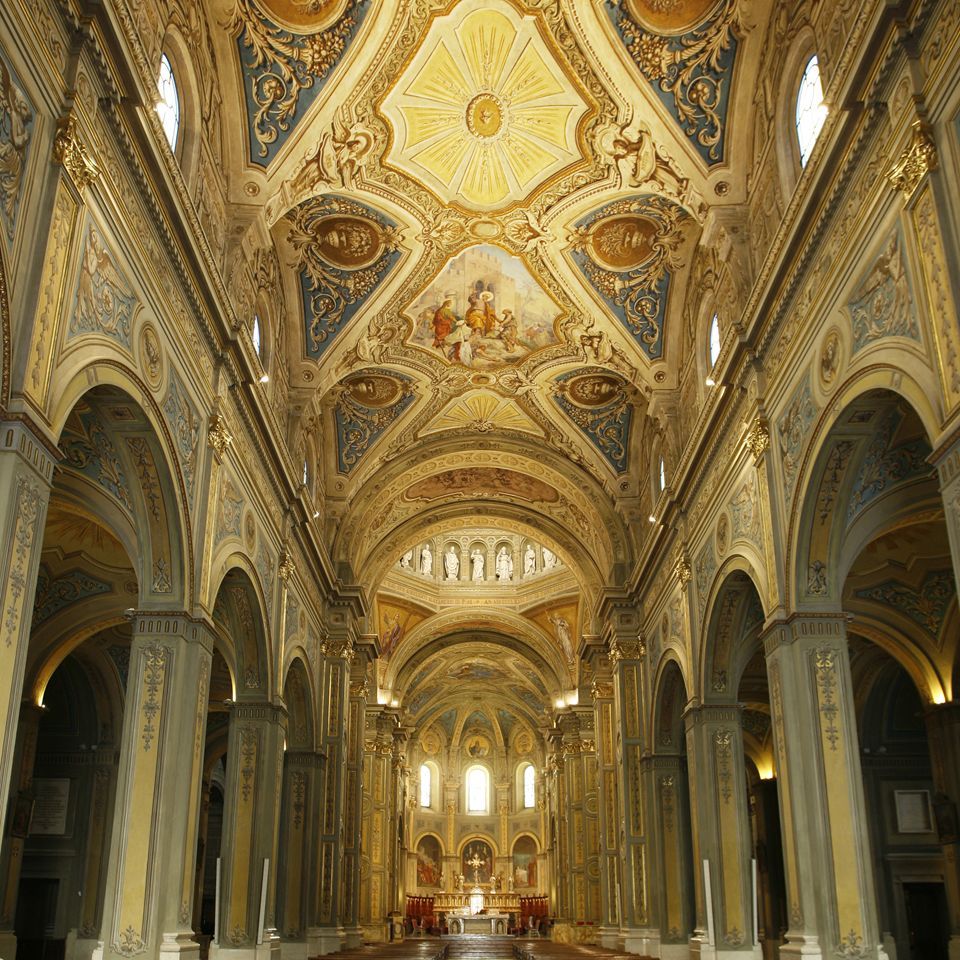The Udvada Atash Behram (fire temple) is the holiest in India and the oldest continually used fire temple in the world. It has become an important pilgrimage site for Zoroastrians all over the globe.
Nowadays in India, an Atash Behram (also spelt Bahram), meaning victorious fire, is the name given to both the highest grade of fire used in Zoroastrian worship as well as the temple that houses the fire. However, earlier in history, the building housing the fire in Navsari (a town north of Udvada) was called Atash-ni-Agiari. The Atash Behram building at Udvada was established 1742 ACE. This construction date makes the Udvada Atash Behram the oldest functioning Atash Behram in the world.
The Udvada Atash Behram fire, named the Iran Shah fire by the temple’s priests, is reputed to have been consecrated in 721 CE (roz/day Adar, mah/month Adar, 90 AY). Anniversary celebrations commemorating the date the fire was consecrated called salgiri are held annually at the Atash Behram on the ninth day (named Adar) of the ninth month (also named Adar) of the Shenshai Zoroastrian calendar. Nowadays, the salgiri occurs at the end of April. In addition to the salgiri commemoration, special ceremonies are held on Bahram roj (the 20th day) of each month.
The fire presently in the Udvada Atash Behram was originally housed in an Atash Behram in the town of Sanjan where Parsi refugees from Iran landed by ship (dates range from 715 to 936 CE). While the Sanjan temple that housed the Atash Behram no longer exists, some pilgrims nevertheless include a visit to the historic town of Sanjan as part of their pilgrimage to Udvada. Some also include as part of their pilgrimage, visits to the Bahrot hills and caves, and the town of Bansda / Vansda. The residents of Sanjan hid in the Barhot caves after their defeat by Muslim forces (perhaps in the mid fifteenth century) taking the Atash Behram fire with them to the caves. When it was safe enough to leave the caves, they took the fire to the town of Bansda where it was housed for a short period.
